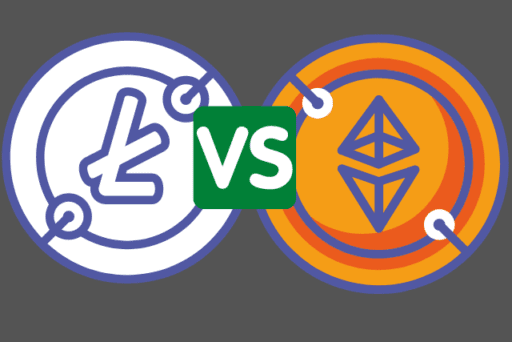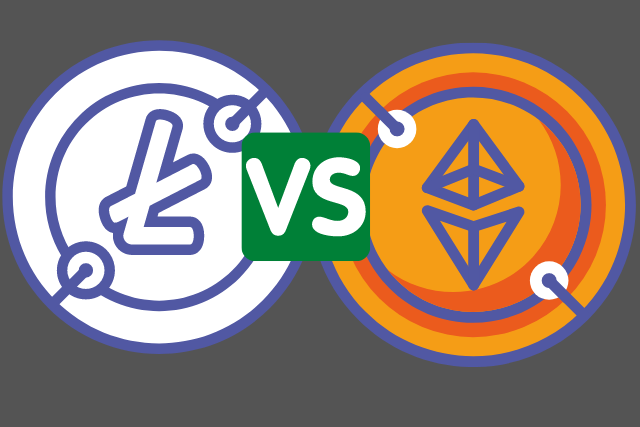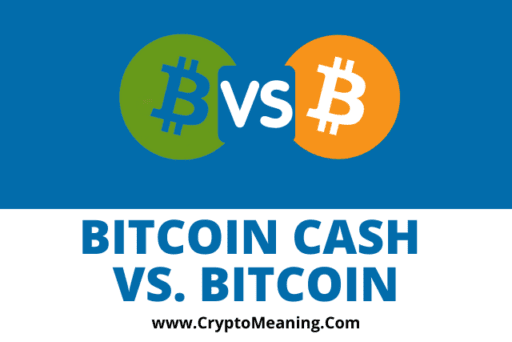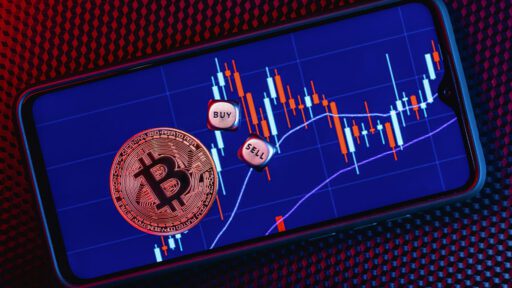Every day, new cryptos make headlines since the 2021 Bull Run spike up. However, some have entered this new contest. Yes, we are talking about Litecoin and Ethereum. In this guide, we will compare Litecoin vs. Ethereum and why they are considered rivals.
The Long Forecast predicts that Litecoin will exchange in the range of $565 and $725 as of 2022. It predicts that Litecoin will reach an all-time high at the end of 2022.
Many think that Litecoin would be a dead coin. However, its supporters believe that they keep it for exchanging goals and talk about its structural intensity.
In the blockchain space, Ethereum (ETH) is the most advanced project with a big-hearted margin. Crypto syndicate critics consider that Ethereum would go up to $7,000 at the end of 2022. Indeed, now it trades for almost threefold as compared to the prices of 2019 and 2020.
Plus, the analyst also predicts that the ETH exchange rate would rise to $19,842 at the end of 2025 and defeat bitcoin.
In this article, we will also tell you about the fundamental features. We’ll discuss mining, transaction fees, and some similarities and differences by comparing Litecoin vs. Ethereum.
Litecoin vs. Ethereum
Both Litecoin (LTC) and Ethereum (ETH) are among the most exciting outlines in the crypto world. These two coins are always in the top five cryptocurrencies by market capitalization. However, despite the popularity of both cryptos, their goals are very different.
Now, let’s move towards the similarities and differences between Litecoin and Ethereum.
Similarities
ETH and LTC Both are Available on Coinbase and GDAX
Like a stock exchange’s market producer, Coinbase purchases both LTC, and ETH from sellers. Then, it sells to buyers at exchange rates with approximately a real-time exchange rate. However, Coinbase also supports Bitcoin and Bitcoin Cash.
The Global Digital Asset Exchange (GDAX) is another crypto exchange platform for high-level businesspeople. Litecoin (LTC) and Ethereum (ETH) both are available on this platform.
LTC and ETH Both Give Swift Transactions
The Bitcoin (BTC) network is slow, but it is still more active than several conventional banking methods. In comparison with Bitcoin, LTC and ETH both offer more high-speed transactions. There are also different approaches to speed those transactions.
Whatever the technological specifications, a quicker transaction time makes a currency more viable.
Differences
From the transactional point of view, both Ethereum and LTC were conceptualized from Bitcoin. Currently, LTC is a fork of BTC. So, the fork is a divergence of subsisting open-source code. It can begin an innovative new or similar scheme.
Both Ethereum and Litecoin are growing in very different ways. The LTC is a more active and more affordable variant of Bitcoin. ETH draws the consideration of creators who perceive more demands for the platform.
The transaction fee for ETH is $0.85, while the fee for LTC is $0.04.
In Litecoin, you get 25 LTC for every block you mine. On the other hand, Ethereum awards 5 ETH tokens.
ETH’s block time is just 15 seconds, while that of LTC’s is 2.5 minutes.
Ethereum can create crowdsourcing supplies for brand-new schemes, but LTC does not keep this facility.
Litecoin – Overview

Charlie Lee, who created Litecoin (LTC), has been a steadfast supporter of Bitcoin. He claimed, “If BTC is gold, then LTC is silver.” That’s why Litecoin was first created in 2011, which is a lite variant of Bitcoin.
Briefing on what is Litecoin, let me guide you through this entire creation of digital coin technology.
Litecoin is considered one of the most magnificent altcoins in the cryptocurrency market. It utilizes peer-2-peer technology. The LTC is open-source software licensed following MIT/X11 dominions.
The nature and transference of LTC are completely autonomous since they are a software-based currency. Plus, Litecoin is very common with BTC, comprising most of its technological features.
As with all forms of digital money, LTC is also a virtual currency. Litecoin can be used to buy things and transfer money between accounts. Members can make transactions with Litecoin without using intermediaries such as banks, credit cards, and payment processing assistance.
Numerous investors are intrigued by Litecoin’s long-term potential instead of its functionality. Like investments in any capital, investors consider that Litecoin will make comparative revenue over time.
Major Features
In comparison to Bitcoin, Litecoin generates four times more blocks. Moreover, this 4x the number of coins advancing its main interest beyond Bitcoin to perform with agility and smoothness of purchase.
Litecoin manages high quantities of transactions very well. It serves perfectly for those consumers who require immediate recognition and lessen transaction charges.
Similarly, LTC is well blended into the realm of digital coins, getting maximum support from its genuine and enthusiastic users. The ATM sector and online exchange platforms are among them.
Mining
For mining, Litecoin uses a mining algorithm identified as Scrypt, which regulates the processing of coins. With the Scrypt algorithm, you can mine Litecoin without having to worry regarding AISIC hardware. SHA-256 and AISIC mining hardware go hand in hand.
With this variety of advanced technology, LTC can generate four times more than Bitcoins annually. But it requires a considerable amount of processing energy.
Transaction Fee
Litecoin transaction fees increased by nearly 10 percent in February 2021. Also, the number of everyday transactions for LTC moved over 100,000 at the end of February. At this time, the LTC average transaction fee is $0.094.
Ethereum – Overview
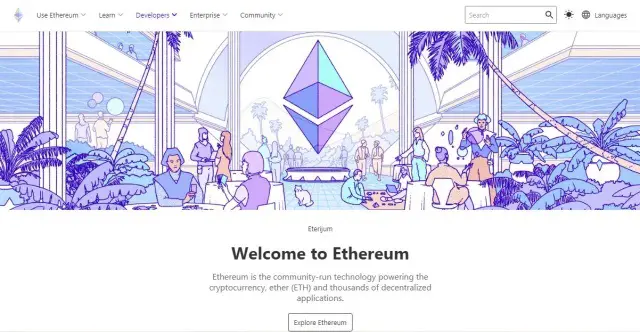
Now, what is Ethereum? In 2013, Ethereum originator, Vitalik Buterin, published a white paper regarding Ethereum. In which he claims that this blockchain system has more efficiency than just living a payment service supplier.
Also, higher developers have joined lines. ETH has gained impulse and a flourishing community of high-tech fans. By 2015, Ethereum had risen into the second-biggest cryptocurrency over the market cap.
Ethereum’s intelligence contracts the code system that exists and administers into the blockchain. It will promote financial exchanges, transfer content, investments, commissions, and other valuable items based on some courses built into every contract.
Ethereum intends to switch from proof-of-work to proof-of-stake during 2021. With this change, ETH’s network will control itself with more limited energy and improve transaction activities. Plus, the Proof-of-stake will allow its members to stake their ether into the system.
Moreover, this process will also help to protect the network and transaction processes that follow. For this, users get ether, much like interest on their account. The blockchain is an alternative to replacing the BTC proof-of-work network, where miners supply extra BTC to perform transactions.
Major Features
Smart Contracts
Ethereum favors the advancement of smart contracts.
Virtual Machine for Ethereum
Ethereum provides the underlying technology with architecture and software. It can understand smart contracts and communicate with them.
A Decentralized Application
Ethereum enables you to generate a consolidated application, known as the decentralized application. It is also named a Dapp for short.
Self-governing Decentralized Organizations
Ethereum maintains a decentralized, self-governing organization. It allows you for democratic decision-making.
Mining
POW is a mining algorithm used for Ethereum mining. However, they are seeking to migrate onto a Proof-of-stake system employing Casper Protocol. With the POS, mining will take place in virtual mode, and validators will replace miners. Following is the process:
There will be some coins that must be locked up at stake for the validators.
They will begin to validate the blocks. Meanwhile, they encounter a block and conceive it should be attached to the chain. They will confirm it by putting a bet over it.
When the block is annexed, the validator will receive a bonus proportional to his bets.
Transaction Fee
Data from Blockchain shows that Ethereum transaction fees go high from $11.77 to $23.10. For the first time, ETH transaction fees exceeded $20, breaching all the previous records.
Why There is a Price Difference?
Even though both LTC and ETH are famous digital cryptocurrencies, their token prices are pretty diverse. It is somewhat because the market capitalization for every coin varies. Also, the supply of ETH is more extensive than Litecoin.
Furthermore, LTH has a maximum supply of 84 billion species, while ETH does not have a capped supply boundary.
Litecoin vs. Ethereum – Which One is Suitable for Investment
Ethereum and Litecoin may last longer than many smaller cryptocurrencies. Investors must know about it because they would not prefer to throw their capital into a coin, dying or crashing.
The crypto industry has known ETH and LTC since its infancy. Both have mighty followers, dedicated crews sweating on them, and you can also buy them on big exchange platforms.
Cryptocurrency users can choose either coin for a variety of reasons. The block generation time of ETH can offer faster transactions than Litecoin. Despite this, the ETH network stocks more information than the LTC system, affecting transaction speeds.
In comparison with Bitcoin gold, Litecoin is considered silver. For Investors, it would be a safe alternative investment. But it may never increase in price like Bitcoin. The way to select Litecoin is complicated because of its many competitors.
A transaction on ETH takes place approximately 20 times higher frequency than on LTC. Due to ETH’s novel technology, its population of developers and followers are much more active. If LTC is to win, it must have a rigorous value for individuals and investors.
Both the ETH and LTC are the internationally traded crypto species, and many investors hold a portfolio of both. A pivotal point to consider is community care for every coin. Comparing these two, ETH receives approximately 10,800 tweets per day compared to LTC’s 2,700.
Conclusion
Well, you might have learned a lot from the comparison of Litecoin vs. ethereum. You might also understand what Litecoin and ethereum mining process is.
Due to its earlier launch, Litecoin (LTC) has a more favorable payment utility than Ethereum (ETH). Furthermore, ETH acts as a platform for innovative contract creation as well as a means of payment.
Likewise, LTC is profitable for everyday transactions; major retailers allow it as a payment method. In contrast, Ethereum is essential for promoting a decentralized ecosystem. It earns developers admiration because it can transfer property.
It would be most desirable for you to consider investing in both because they contribute unique opportunities for profits.
